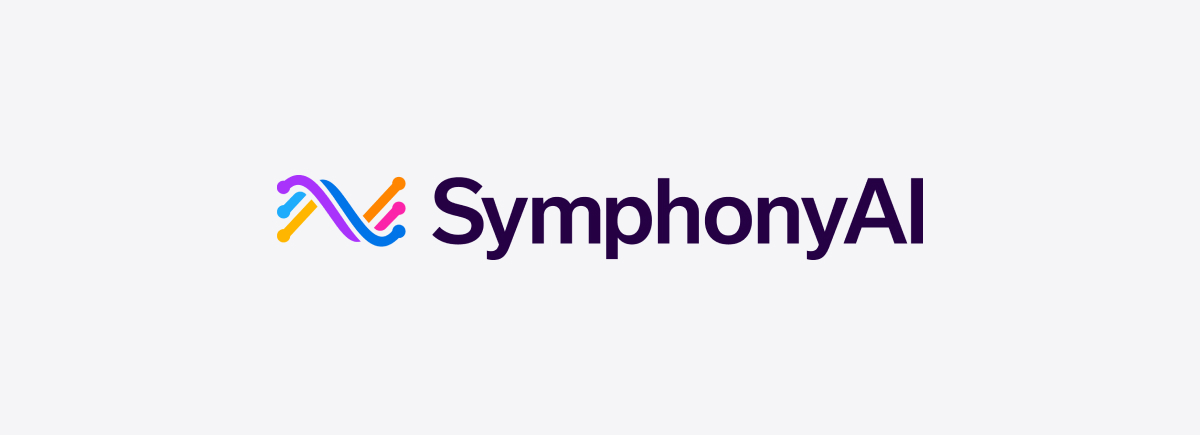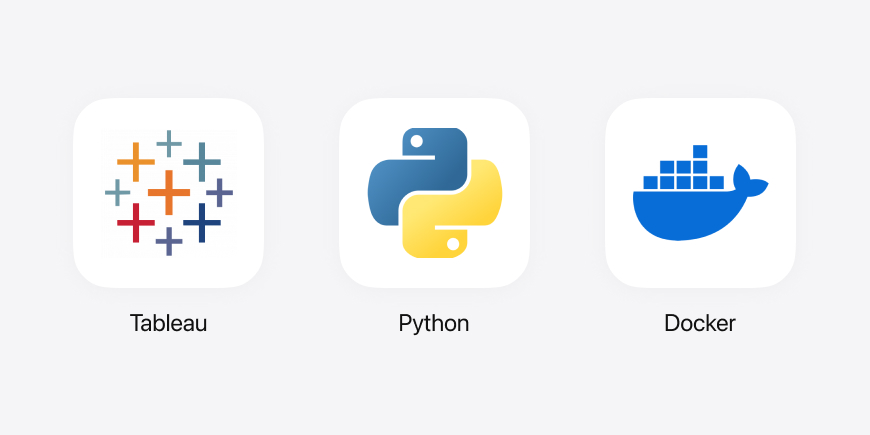Detection and Classification of Seasonal Items
End-of-Studies internship project at SymphonyAI.
As part of SymphonyAI's mission to enhance business operations through AI, I developed solutions to improve demand forecasting by identifying and classifying seasonal retail products using machine learning.

Context
Seasonal fluctuations in product demand pose a challenge for retail businesses, leading to inventory inefficiencies and missed sales opportunities. Traditional demand forecasting methods often fail to capture these trends effectively. The goal of this project was to detect seasonal products and incorporate their unique behaviors into the company's demand forecasting models for improved accuracy.
Contributions
- Data Preprocessing and Analysis: Designed and implemented workflows to clean, preprocess, and validate large retail sales data, ensuring it's integrity and usability. Addressed challenges such as missing data and inconsistencies.
- Seasonality Detection and Clustering: Leveraged time-series clustering algorithms to group products with similar sales patterns, employing Dynamic Time Warping (DTW) to measure time-series similarity. Classified products as seasonal or non-seasonal based on periodicity and sales trends, and created distinct clusters for different seasonality behaviors, such as summer and winter seasonal items.
- Model Interpretability: Used the seasonality insights to explain and contextualize forecast results to clients, making predictions more understandable and actionable for business stakeholders.
- Collaboration and Communication: Coordinated with technical and business teams to align solutions with objectives and presented insights through clear visualizations for stakeholder engagement.
- Optimization and Evaluation: Conducted evaluations to identify the most effective clustering and modeling techniques.
Tools and Technologies
During this project, I used a wide range of tools and technologies to organize, analyze, and visualize data. The key tools I used include:

- Tableau: I mainely used Tableau for data visualization and to analyze trends and patterns in the sales data, creating presentations and dashboards for stakeholders.
- Python: I primarily use Python for data processing and model development, leveraging libraries such as Pandas, NumPy, Scikit-learn, and tslearn.
- Docker: This was used by the team to containerize the sales prediction model, ensuring consistency and reproducibility across different environments.
Results
- Enhanced Accuracy: Helped to improve demand forecast performance with the seasonality contextual information.
- Automated Workflows: Reduced manual intervention by automating data validation output before delivering results to clients.
- Data-Driven Decision Making: Helped deliver clear, actionable insights that empowered clients to optimize their inventory strategies by incorporating additional contextual information into the forecast results.
What I've Learned
This experience helped me improve my technical skills, like time-series analysis and machine learning, and taught me how to solve complex problems creatively and with resilience. I learned to balance technical work with business needs and realized the importance of clear communication and aligning technical solutions with business goals. It also improved my ability to explain complex ideas to different audiences.